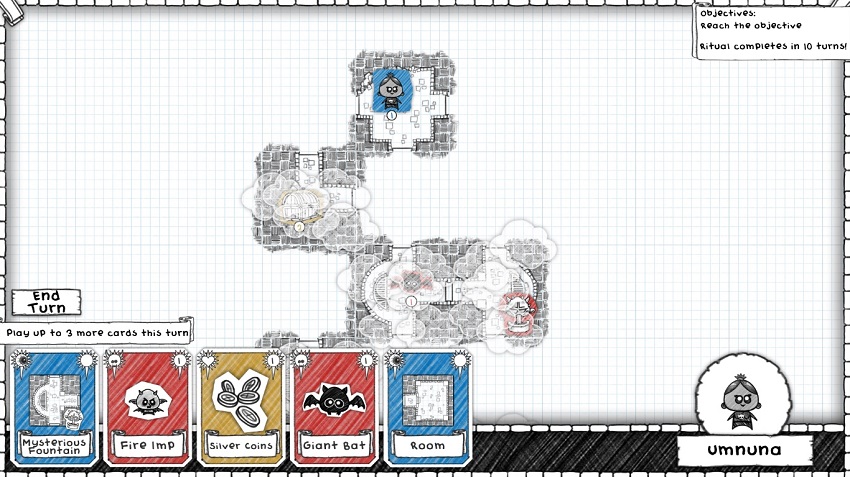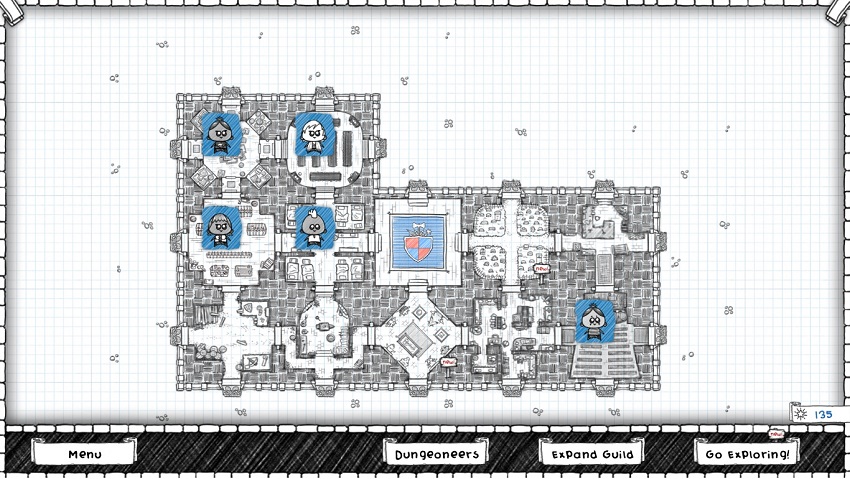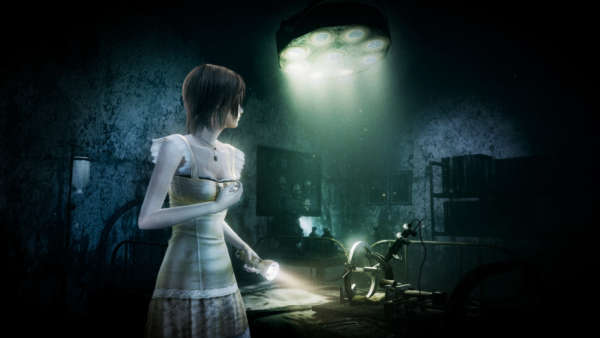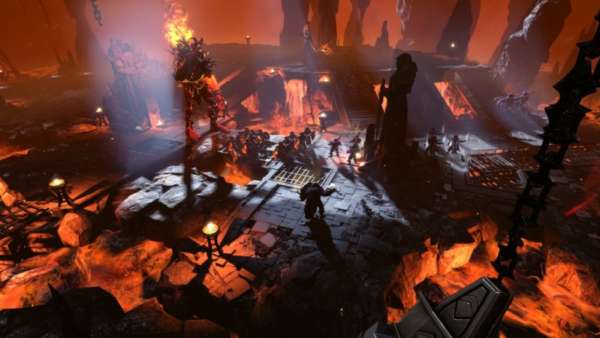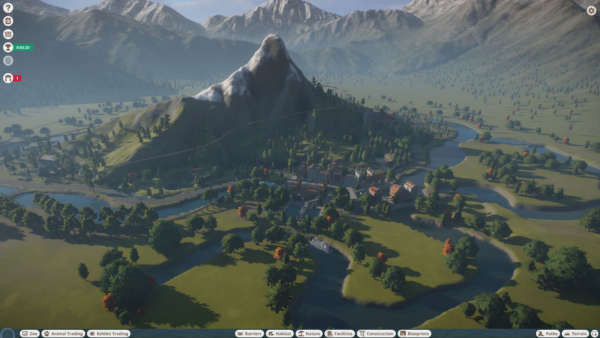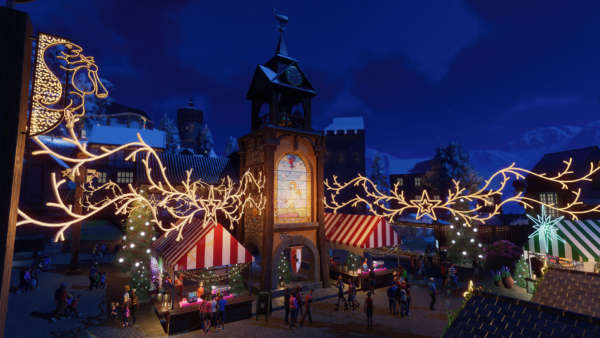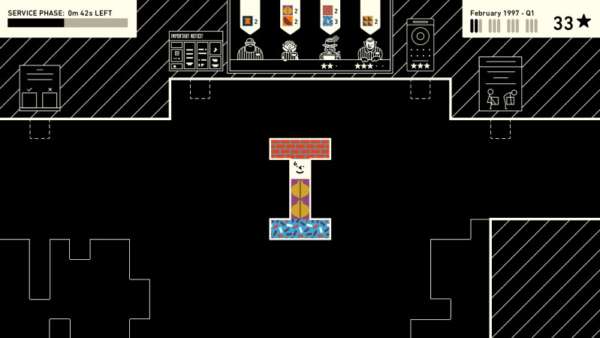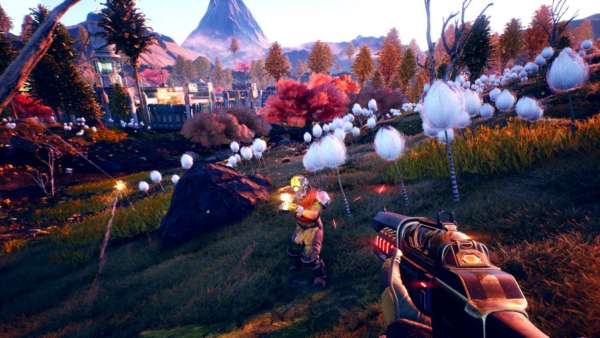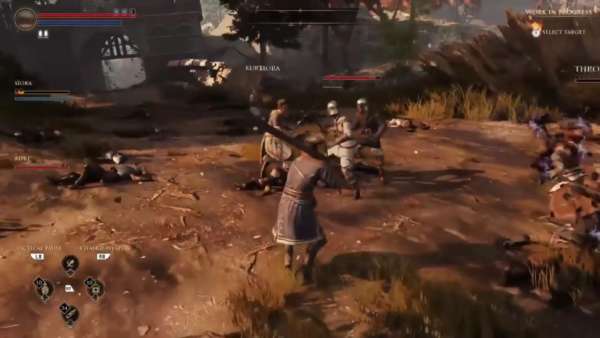Guild of Dungeoneering attempts to fuse aspects of roguelikes, dungeon crawlers, CCGs and base building games to create one grand package, filled with monsters and loot. Does this fusion of genres create a game greater than the sum of its parts, or is it a Frankengame which excels at nothing in particular?
To start, there is very little set up to the Guild of Dungeoneering when it comes to plot and narrative. You control a guild for wannabe dungeon crawlers, set up after you were spurned by the prestigious Ivory League and in order to prove you are better at dungeoneering and guild management than them, you send poor adventurers off to various dark caves and ruins in order to gain gold and glory. That’s it. There’s no grander story about the land you live in, no exploration in the effects of dungeoneering, it is just you and a constant revolving door of warriors that you can fling into a skeleton infested tomb. The only bit of extra story is an ever-present bard who sings a short ditty every time you return from a dungeon run or build a new section of your guild hall. While his songs act as a source of mild amusement to start, they soon grate as you hear the one about the cat burglar for the 4th time and the bloody thing doesn’t even rhyme. In the pre-release version of the game which I reviewed, you could not turn the bugger off as the options menu had yet to be implemented but in the retail version, you can actually edit the volume options and silence his crooning.
This underpins my whole experience with the Guild of Dungeoneering, with most aspects starting off interesting before becoming irritating incredibly quickly, as opportunities are missed and you realise just how basic the game is. Let’s talk about the actual experience of dungeoneering then. When you start your career, you begin with one character class and a single room in your guild hall which you must gradually build up by conquering various dungeons. Each dungeon is split up into usually 2 or 3 quests which you must complete in order to clear the area. These range from kill 3 enemies, get to a set location within the turn count, defeat the boss, open 3 treasure chests and so on. This is where the first major problem with the Guild of Dungeoneering presents itself, as every quest has a set layout and the only thing that changes is the way you fill in the gaps. You see, the Guild of Dungeoneering doesn’t work like your typical dungeon crawler. Instead of the player controlling their character through a pre-generated dungeon, you construct the dungeon around your player character and they explore through it themselves. You place down tiles which connect rooms together and you can also place loot and monsters at your own discretion, making each run as difficult as you want it to be.
Unfortunately, while the tiles you gain may be randomly generated, each quest has the same template which ultimately cuts out the real random element of dungeon crawling. You know exactly where the chest is going to be or where the boss spawns, your job is just to make the optimal route there. The game then functions like a traditional pen and paper RPG, where the player gets a set number of moves to place down monster, loot and room tiles before the enemy gets their turn to move certain pieces around. The problem is that once monsters are placed down, they do not have a mind of their own. Besides set boss monsters, enemies will stay in exactly the same position and will not move round to make the dungeon experience any more challenging. Furthermore, the fact that you can pretty much always see where the monsters are, makes it no surprise when a Gnoll jumps out of nowhere to bite your face off. Being both the dungeon master and player at the same time dilutes the fun of both experiences, making the process of crafting and exploring a dungeon lack any surprise moments which makes playing a dungeon crawler so much fun.
